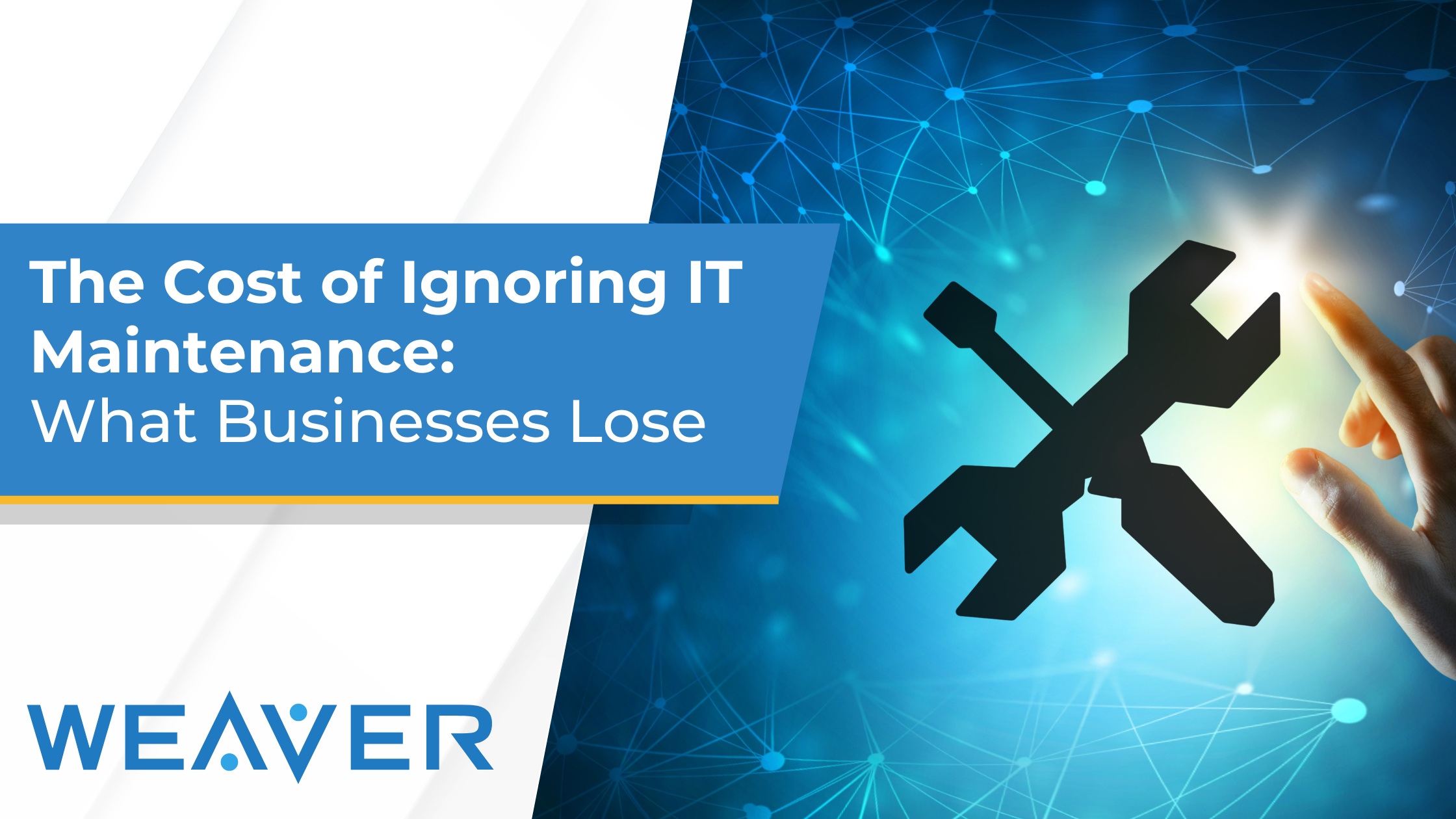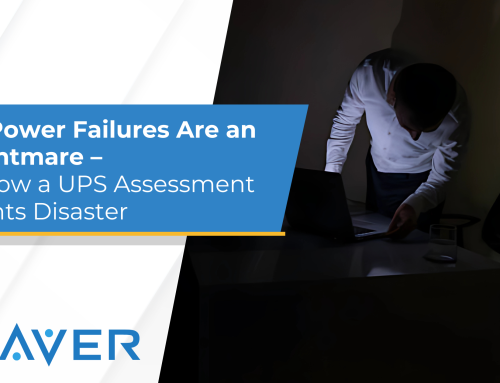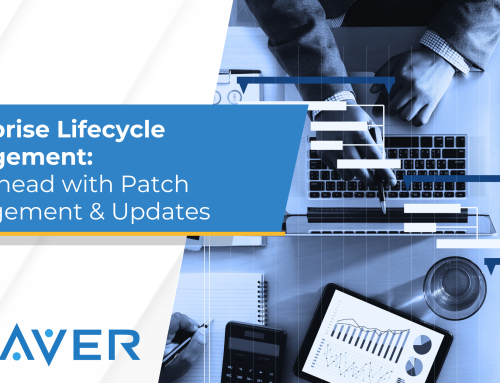As organizations continue to rely on increasingly complex technology, IT maintenance often gets deprioritized in favor of more visible initiatives like digital transformation or new product launches. However, ignoring routine maintenance can have significant consequences, from operational disruptions to increased costs.
In 2025, where agility and security are paramount, proactive IT maintenance is no longer optional—it’s a necessity. Here’s what businesses risk when they neglect IT upkeep and how addressing these challenges can save money and improve performance.
1. Operational Downtime: A Hidden Cost
Unscheduled downtime is one of the most disruptive outcomes of neglected IT maintenance. When critical systems fail, businesses can come to a standstill, impacting everything from customer service to revenue generation.
The Impact:
- Financial Losses: Downtime costs can range from thousands to hundreds of thousands of dollars per hour, depending on the size and nature of the business.
- Reputation Damage: Prolonged outages can erode customer trust, especially in industries like healthcare, where reliability is critical.
- Productivity Declines: Employees are left idle or forced to work around broken systems, reducing overall output.
Solution:
Regular health assessments of servers, networks, and endpoint management systems can identify potential issues before they lead to failure. Proactive monitoring tools further reduce downtime by detecting anomalies early.
2. Increased Vulnerability to Cyberattacks
As cyber threats grow more sophisticated, outdated or unmaintained systems are easy targets. Systems without the latest patches or updates leave organizations exposed to vulnerabilities that hackers can exploit.
Risks Include:
- Data Breaches: Unsecured systems make it easier for attackers to access sensitive information, leading to financial and reputational consequences.
- Ransomware Attacks: Hackers exploit unpatched vulnerabilities to lock critical systems, demanding payment to restore access.
- Compliance Violations: Failure to maintain secure systems can result in fines or legal repercussions, especially under stricter data protection laws.
Solution:
Implementing a consistent patch management schedule ensures all systems are updated with the latest security fixes. Partnering with a managed services provider can streamline this process, ensuring your defenses stay robust.
3. Higher Long-Term Costs
Neglecting maintenance can lead to more frequent hardware and software failures, resulting in costly emergency repairs or premature replacements. What could have been a simple, low-cost fix becomes an expensive overhaul.
Consider This:
- Reactive Repairs Cost More: Emergency troubleshooting and expedited part replacements come at a premium.
- Shorter Equipment Lifespans: Systems that aren’t maintained wear out faster, requiring costly replacements sooner than expected.
Solution:
Routine inspections and preventative maintenance extend the lifespan of IT assets and reduce the frequency of expensive, last-minute repairs.
4. Loss of Competitive Edge
Technology is the backbone of modern business. Neglected systems not only hinder daily operations but also prevent organizations from leveraging emerging opportunities. Slow or outdated IT infrastructure can lead to missed deadlines, poor customer experiences, and an inability to compete with more tech-savvy competitors.
Examples of Impact:
- Inefficient Systems: Legacy systems that haven’t been optimized slow down workflows and limit innovation.
- Missed Innovations: Without a strong foundation, it becomes harder to adopt emerging technologies like AI, edge computing, or advanced analytics.
Solution:
Consistently maintaining and upgrading systems ensures your organization is ready to integrate new technologies and stay ahead of the curve.
5. Productivity and Morale Challenges
IT systems that consistently fail frustrate employees and hinder productivity. Whether it’s slow networks, software glitches, or broken devices, unreliable systems create unnecessary stress for your workforce.
The Ripple Effect:
- Employee Frustration: Workers waste time troubleshooting issues or waiting for help, leading to dissatisfaction.
- Lost Opportunities: Time spent fixing IT problems takes away from high-value tasks that drive growth.
Solution:
A reliable IT environment increases employee efficiency and satisfaction. Investing in maintenance and user-friendly tools minimizes disruptions and boosts morale.
The ROI of Proactive IT Maintenance
While IT maintenance may seem like an additional cost, it’s an investment that pays off in both the short and long term. Here’s how it benefits your organization:
- Cost Savings: Fewer emergency repairs and longer equipment lifespans reduce expenses.
- Improved Security: Regular updates protect against vulnerabilities and ensure compliance with regulations.
- Operational Efficiency: Well-maintained systems lead to smoother workflows and better employee experiences.
- Future Readiness: A strong IT foundation makes it easier to adopt new technologies and scale operations.
Start Prioritizing IT Maintenance in 2025
Proactive IT maintenance isn’t just about preventing failures—it’s about enabling success. By addressing potential issues before they arise, you can avoid costly disruptions, protect sensitive data, and maintain a competitive edge in a fast-paced, tech-driven world.
Don’t wait for a system failure to take action. Contact Weaver Technologies today to schedule a comprehensive IT health assessment. Let us help you safeguard your operations, secure your systems, and optimize your technology for 2025 and beyond.







